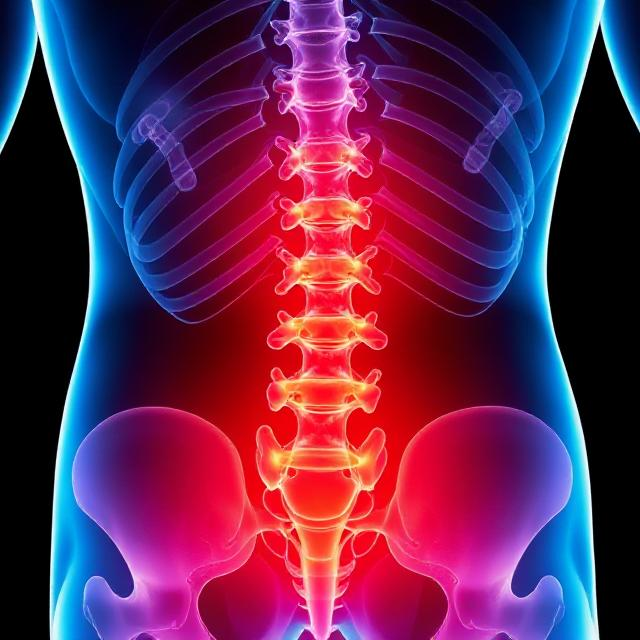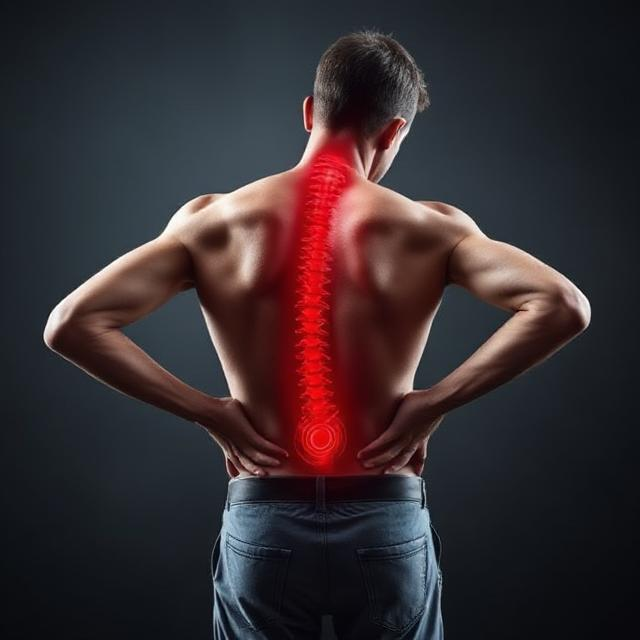The Importance of Heat and Cold Therapies


Heat and cold therapies are commonly used techniques in managing pain and promoting healing for various musculoskeletal conditions. Understanding the differences between these two therapies and knowing when to apply them correctly is crucial for optimizing their benefits. This article explores the importance of heat and cold therapies, the suitability of cold packs for joints and heat therapy for muscles, supported by recent studies. Additionally, we'll discuss how regular cold therapy can benefit individuals engaged in sports activities and those receiving chiropractic care.
Heat Therapy for Muscles
Heat therapy involves applying heat to muscles and soft tissues. It works by increasing blood flow, relaxing muscles, and promoting healing. Heat is particularly effective for relieving muscle stiffness, spasms, and chronic muscle pain. Recent research supports the benefits of heat therapy
1. A study published in the Journal of Athletic Training found that applying continuous heat improved range of motion and reduced muscle stiffness in individuals with hamstring tightness.2. Another study published in the Journal of Clinical Medicine demonstrated that heat therapy provided pain relief and improved functional outcomes in patients with chronic low back pain.
Cold Therapy for Joints
Cold therapy, also known as cryotherapy, involves applying cold packs or ice to joints. It works by reducing inflammation, numbing the area, and alleviating pain. Cold therapy is beneficial for acute injuries, swelling, and joint pain. Recent studies highlight the efficacy of cold therapy
1. A systematic review published in the journal Sports Medicine examined the effects of cryotherapy on athletic recovery. It found that cold therapy was effective in reducing pain, swelling, and muscle damage post-exercise.2. A study published in the Journal of Orthopaedic & Sports Physical Therapy revealed that cold therapy significantly reduced pain and improved function in patients with knee osteoarthritis.
Conclusion
Selecting the appropriate therapy, whether heat or cold, is crucial for maximizing its therapeutic benefits. Heat therapy is well-suited for relaxing muscles, reducing stiffness, and managing chronic muscled joint pain. On the other hand, cold therapy is more suitable for joints, providing relief from acute injuries, swelling, and joint pain by reducing inflammation. There’s many recent studies support the efficacy of both heat and cold therapies in managing musculoskeletal conditions, if used right.
For individuals engaged in sports activities, regular cold therapy can aid in post-exercise recovery, reducing pain, swelling, and muscle damage. Furthermore, incorporating cold therapy into chiropractic care can complement treatment by reducing inflammation and pain in joints, supporting the healing process.
Everyone, especially athletes and individuals receiving chiropractic care, should consider having an ice pack and incorporating cold therapy into their routine. However, it's important to consult with healthcare professionals to ensure appropriate application and duration of therapy for individual needs. By harnessing the power of heat and cold therapies, individuals can enhance their recovery, relieve pain, and optimize their overall musculoskeletal well-being.



